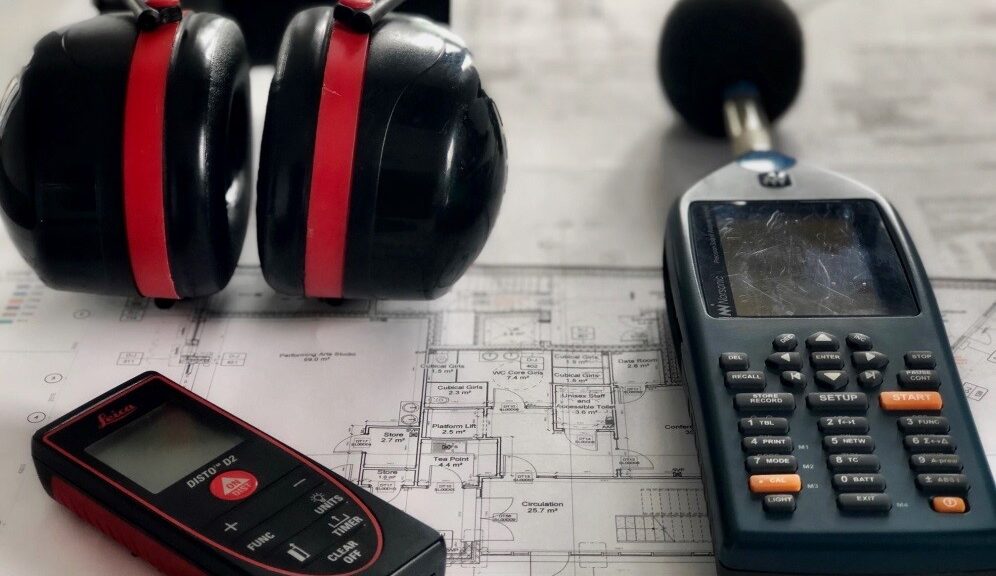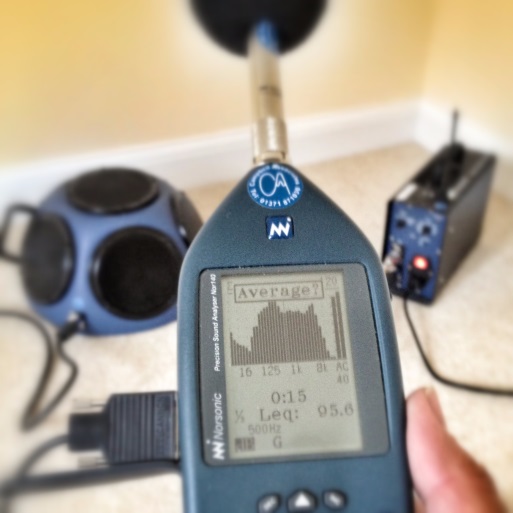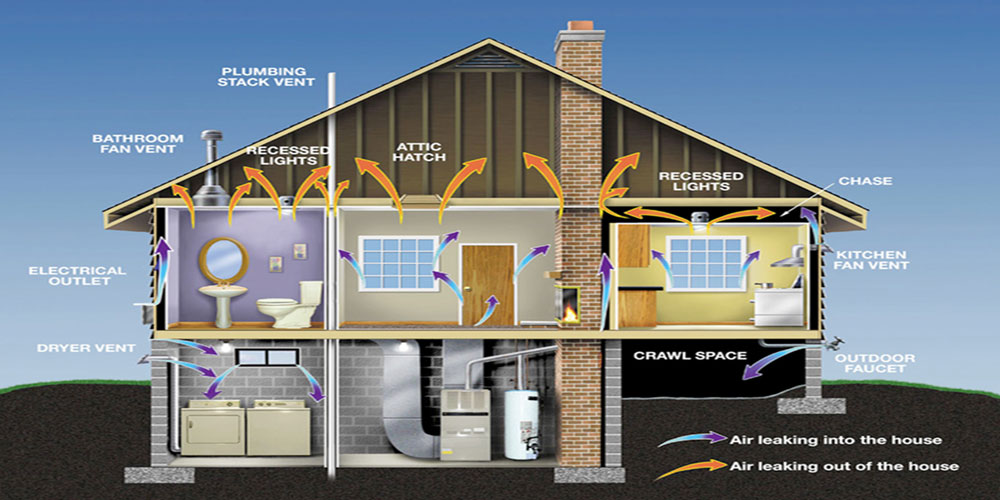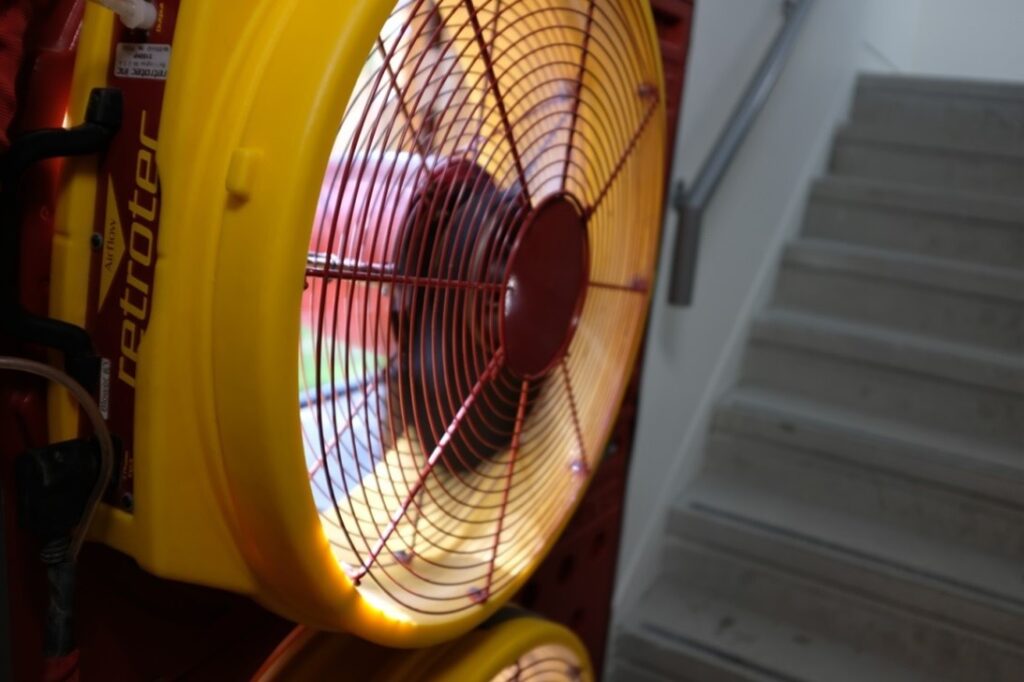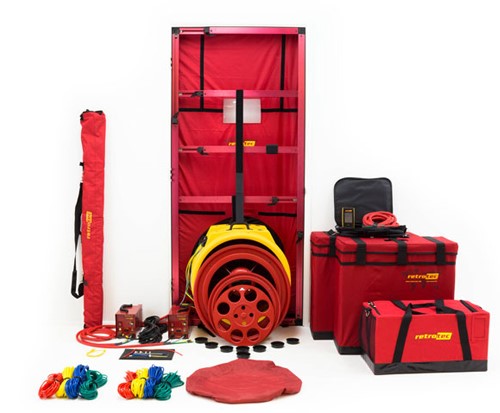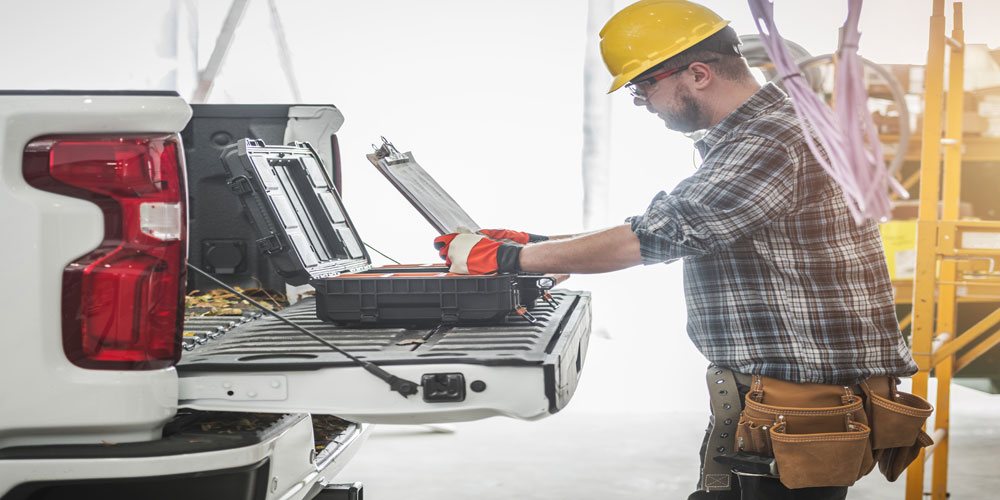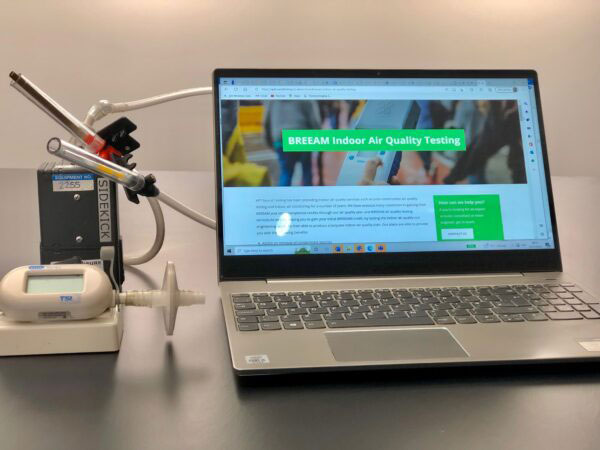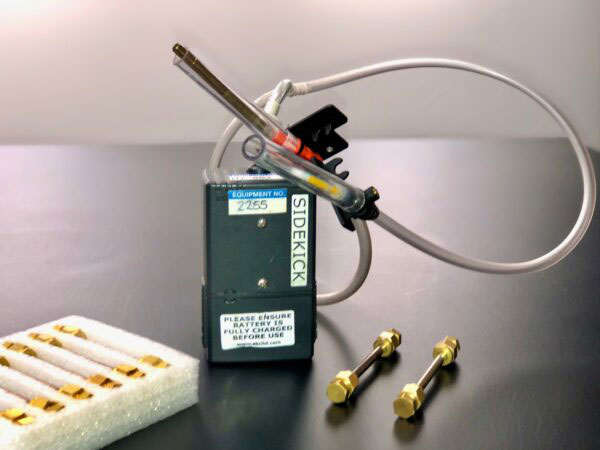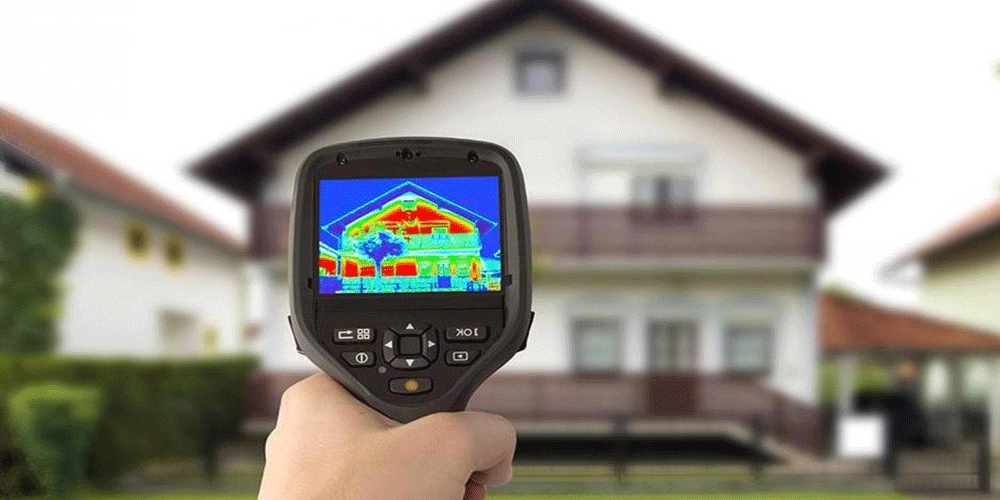
What is an Electrical Thermal Imaging Survey?
An Electrical thermal imaging survey is a non-evasive and non-destructive procedure using infrared technology.
Thermographic inspections are the only technique of work that is able to identify any electrical issues like the ones above, in a quick non-disruptive manor or to more precise safety standards. Not only is the thermal imaging fast and safe, it is also a great way to minimise costs as it allows defects to be detected before the equipment fails meaning you don’t need to pay out as much to get it fixed.
As infrared electrical inspections can spot faults before they occur, they can help to extend the life cycle of electrical equipment and identify energy savings for your industry. To try and help clients understand the what involved in a thermal imaging survey, please see our article: A Technical Explanation of Thermal Imaging Surveys.
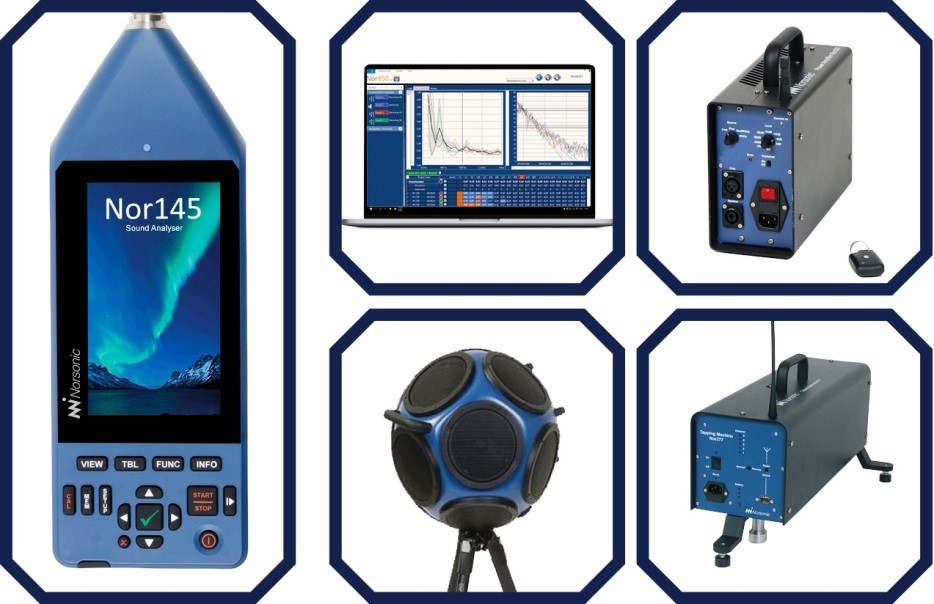
What’s Involved in an Electrical Thermal Imaging Survey?
Thermal imaging is commonly used for inspections of electrical systems and components in all shapes and sizes. The use of thermography in any electrical installation can help identify faults before they occur, thereby preventing breakdowns, the need for replacement and even fires within the systems and buildings.
An electrical thermal imaging survey using a thermal imaging camera can be used on different types of equipment including:
• Busbar systems
• Distribution boards and fuse boards
• High voltage systems
• Transformers
• Control panels
• Batteries
• UPS systems
• Switchgears and switchboards
Using infrared technology on electrical infrastructure is a renowned method of predictive maintenance and done correctly it can be effective at fault finding prior to equipment failure but it needs to be carried out correctly. Our strict protocols ensure that the faults we document are indeed items that require investigation and possibly remedial work and not simply loaded circuits manifesting temperature.
Thermal imaging can help identify many potential failures such as:
• Poor Connections – Thermal imaging can detect the problems of a poor electrical connection early, the same goes for instances where the electrical cabinets may be overloaded.
• Electrical Leakage – Thermal imaging Surveys are able to find any evidence of a leak happening, in time for you to undertake remedial to preventing possible harm to you and damage to your building/s.
• Insulator Defects – Using thermography you can be protected from the dangerous parts of electricity, ensuring insulators are working properly.
• Internal Fuse Damage – Helps to prevent the risk of a fuse blowing, from an extensive current flowing through it.
• Oxidation of High Voltage Switches – thermography helps highlight potential resistance between connectors, enabling you to finding the problem before it occurs
Our Electrical Inspections involve:
• All panels removed where acceptable, safe to do so and on the Permit to Work
• All electrical equipment/panels/cubicles etc inspected have their own individual trend page which includes a thermogram and digital image, ambient, measured and delta T trending of temperature
• Trending compares data automatically between inspections. Last four thermograms are included on each page and all trend data is captured and displayed in a table and also in graphical format for Measured, Ambient and Delta T (meas/Amb) to allow for condition monitoring of equipment.
Detailed thermal imaging Fault Reports
Our detailed thrmal imaging reports contain fault pages that include a load correction formula is utilised during the inspection. Using component rating, actual load, measured temp and ambient temp, the following values are produced:
• Load corr temp: estimate of component temp if operating at 100% load
• Fault severity based on load corr temp – ref temp (from BS7671)
• Estimation of maximum amps to apply whilst keeping temperature beneath reference temp (BS7671)
• Instant report generation which can be emailed to the client at the end of the inspection
Why use a Level 3 Thermography Engineer on your electrical survey
The importance of using one of our Level 3 trained thermographers cannot be understated as they are trained to be write predictive maintenance and inspection practices and to develop test procedures and ascertain severity criteria. To try and help clients prepare for the thermal imaging survey to their building, we have written the following article: How we carry our thermal Surveys on commercial buildings.
To try and help facility managers with their electrical and mechanical surveys, we have also written the following article: thermal imaging inspections for facilities management. Also, throughout the UK BREEAM projects are becoming more common place.
BREEAM provides extra points to projects that have a BREEAM Thermal survey undertaken, as not many clients are aware of this, we have included more information in our article ‘What is a BREEAM thermal Imaging Survey’. Also to try and help clients prepare for their survey please download our Thermal Imaging Checklist.
APT Sound Testing use the latest high resolution thermal imaging cameras to undertake our Thermographic Surveys throughout London and the Southeast. Thermal imaging is one the quickest and easiest ways to undertake fault diagnosis on your buildings, as thermography can quickly and accurately identify building faults and a easy to follow report, so the defects can be quickly indented and rectified by the contractors.
We pride ourselves on offering a proactive service from start to finish. We have extensive experience of assessing thermal performance on many electrical systems on all types of buildings from commercial launderettes, right through to large power stations.
If you would like more information in regards to Thermography Surveys in London, please contact us now at: info@aptthermography.net or call us direct at: 01525 303 905
